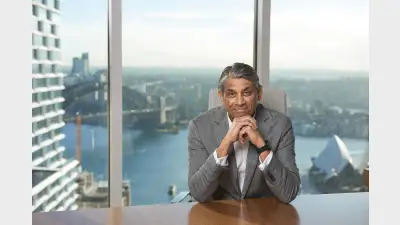Hard yards justify high fees



Hope William-Smith finds that only two of the international fixed income funds that had the highest fee performed above their respective benchmarks. This is part six of the fee comparator feature.
Within the international fixed income space, three of the five funds with the highest fees performed below their respective benchmarks in the 12 months to 31 July 2017, according to FE Analytics.
Advance Asset Management’s Advance International Fixed Interest Multi Blend fund, which charged the highest fee in the sector, at 1.85 per cent, did not comment specifically on the fees and charges for the fund.
The fund sat in the fourth performance quartile with negative returns of -0.21 per cent in the 12 months to 31 July 2017, behind a low sector average of 1.76 per cent.
In a general statement from BT Financial Group on the fee structure of the Advance fund, the company said a range of fee structures were developed to reflect the different arrangements and areas of demand which were deemed relevant at the time of investment, and that the fund was close to new investors.
For AMP Capital’s AMP Capital Future Directions International Bond A, which recorded the second-highest fees with an annual charge of 1.03 per cent, results for the past 12 months also placed it in the fourth quartile below the benchmark.
In a statement to Money Management, AMP Capital said the fund played a defensive role within a diversified portfolio and that fees differed according to the choices investors made around fund accessibility.
“[The fund] gives investors access to government bonds, corporate bonds, and securities assets, all of which require specialised management. This can sometimes result in higher fees,” the statement said.
Premium China Funds executive director, head of distribution and operations and chief investment specialist, Jonathan Wu, spoke directly to Money Management on the fees charged for the Premium Asia Income fund, which had the third-highest fees at 0.98 per cent.
In terms of performance, the fund ranked highly overall with strong returns of 11.33 per cent between 31 July 2016 and 31 July 2017, far ahead of the 5.21 per cent benchmark.
Commenting on the fee charge, Wu said he was confident that although high, they were reflective of the fund’s returns.
“We go out into the market and do all the fundamental research ourselves which takes a heck of a lot more work than us taking a ratings agency research off the shelf,” he said.
“Usually those bonds that either don’t have such good ratings from ratings agencies or are not even rated by ratings agencies allows them to find better value for clients, hence a lot more work.
“We specialise in credit, credit being non-sovereign debt [and] those are probably the two biggest rationales as to why our fees comparably are higher.”
Wu said the fund worked on a binary outcome where “you either get your money back or you don’t”, and said institutions were limited by their risk management protocols.
“Institutions will screen us out because we have high fees,” Wu said.
“Institutions are so deadest against fees they basically don’t care about returns, that’s what I’m seeing in the market.”
AllianceBernstein director – Australian client group, Ben Moore said the 0.95 per cent fee set for the AllianceBernstein Global High Income fund was mostly a result of lack of attention due to lower popularity.
At the time of the launch of what is AllianceBernstein’s oldest fund, Moore said fees were determined by the unconstrained, high income space and comparisons to Franklin Templeton funds amongst others.
“When you’re in a high yield and riskier credit spectrum, it is hard work, you need to hire more analysts who can do more work around credit and know the funds,” he said of the fee determining factors.
“More people became more interested in some of our other funds and so that meant was we didn’t spend as much time on global high income from when it was launched.”
Moore said he saw continued strong income from the fund, which sat ahead of the sector average of 5.21 per cent, with strong returns of 10.84 per cent.
The PIMCO Unconstrained Bond Wholesale rounded out the five most expensive funds within the asset class, also with an annual charge of 0.95 per cent.
PIMCO did not comment on the fee structure of the fund directly, but provided a comment to Money Management which said the strategy behind it harnessed a “unique investment process”.
Recommended for you
ETF providers are considering the phase-out of bank hybrids in their product development plans with billions of fixed income assets set to seek a new home in the coming years.
Bell Financial Group co-chief executive, Arnie Selvarajah, believes regulation will make the provision of episodic advice easier for consumers and is pivoting the business over the next two years to focus on wealth management.
Stakeholders in the professional year discussion underscore the challenges in the current pipeline and what is holding back licensees from taking on new candidates.
Formal education has played a large role in enhancing the advice profession over the last decade but, with the bar now so high, two advisers debate whether it is necessary to complete additional study.














